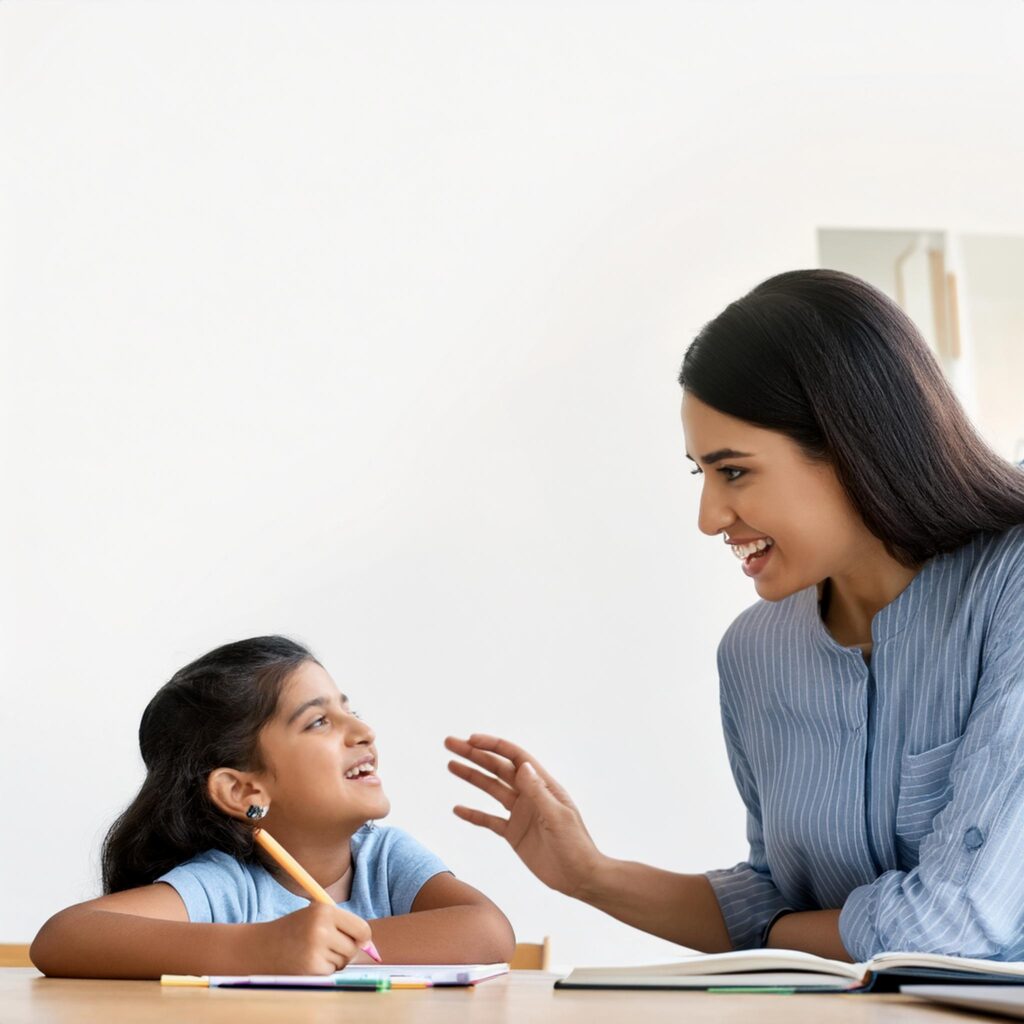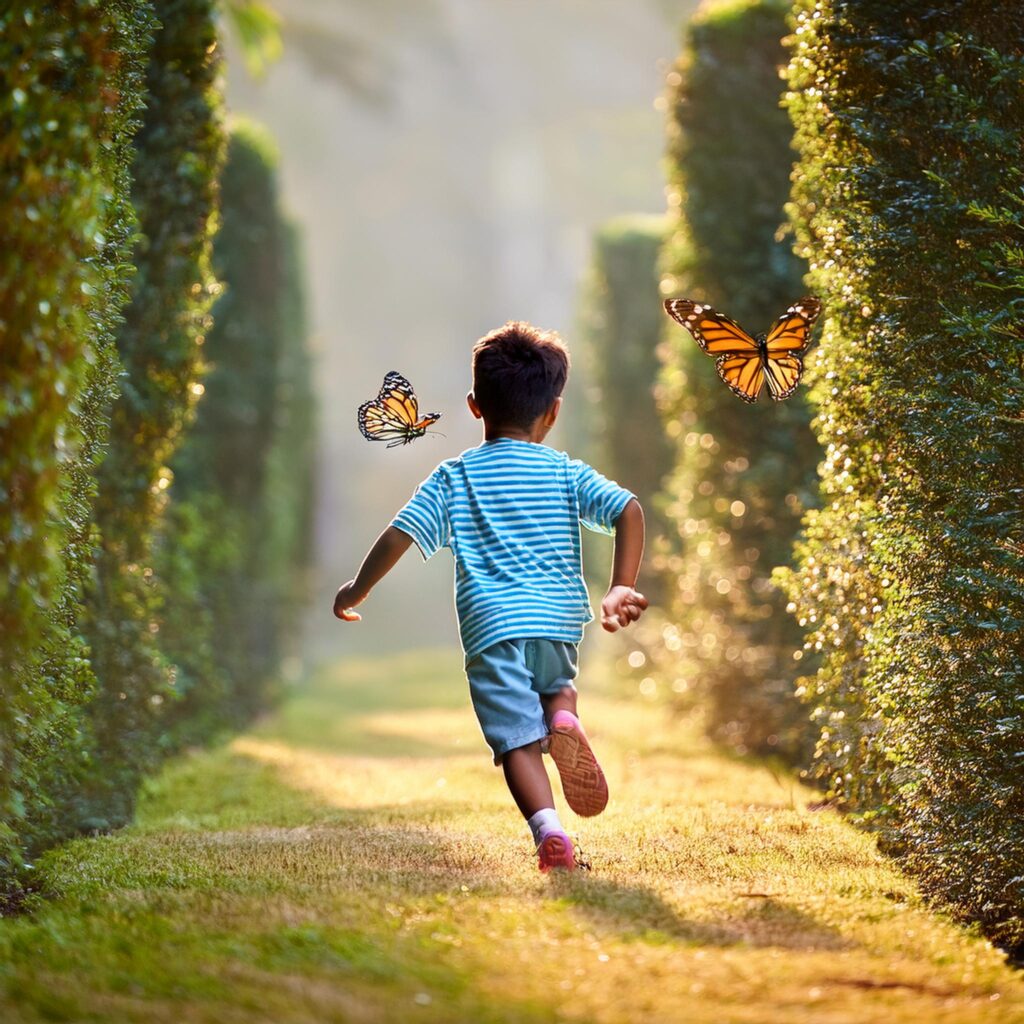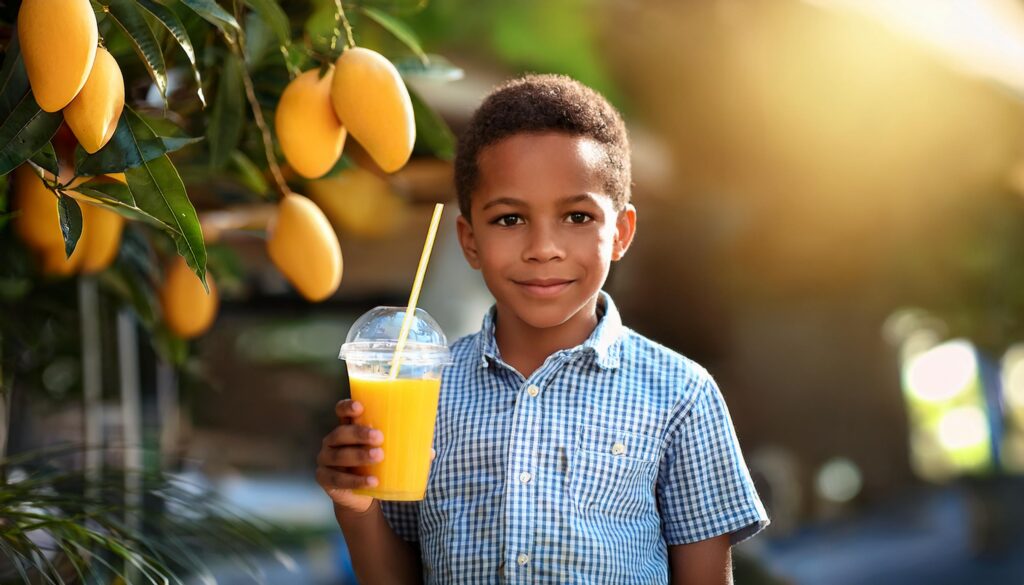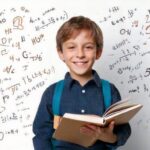At the primary and secondary levels, teaching and learning occur as a complex process that involves the intellectual, social, emotional, and physical development of students. The lowest grades typically are considered differentially in different parts of the globe. For example, in some countries like Spain, grades 5/6 or higher often fall below in lower grades (Analyst).
The way students learn when studying at these levels is meant to build basic knowledge. Learning until high school should encourage analytical skills and application of learning beyond the classroom.
The important elements of learning and education during these phases are not only curriculum design, but fostering ethical, cultural, and human values. True Education should lead to curiosity towards the inner self as much as towards the outer world. Therefore, learning needs to be based on making kids aligned with cultural values as well and focusing on making them great learners. The role of inspiring mentors, teachers, and parents, and the use of appropriate technology and nature connections are vital during these years.
Crucial Elements Of Learning And Education
1. Curriculum Design

Curriculum is the backbone of education and learning. Its purpose is to guarantee that the pupils assimilate information, capabilities, and beliefs consistent with their developmental level.
Core Subjects
Language (reading, writing, listening, and speaking), mathematics, science, and social studies are core subjects. The aspects covered under these subjects are important for the intellectual development of children.
Supplementary subjects
Arts, physical education, and music are some of the other subjects that contribute to the creation of well-rounded human beings. These give an outlet for creativity and innovation.
STEM/STEAM
Many schools have added STEM (Science, Technology, Engineering, Mathematics) or STEAM (with the addition of Arts) to the curriculum. It is believed that this is a way to create problem solvers who can think creatively from an interdisciplinary perspective.
Civic education
A higher emphasis is placed on subjects like history, geography, and civics at the secondary level. It helps students get a good grasp of their society, governance, and global/local issues.
2. Styles of Learning & Study Techniques

Different learning styles require mentors to adopt various roles to support educational delivery to students depending on their age and level of cognitive development.
Active learning
This involves students to participate in discussions, work with their hands, or engage in projects. It helps them retain more knowledge and acquire stronger critical thinking skills.
For example —
Play-based learning: At the primary level, especially in early grades, play is a critical method of learning. It encourages students to learn basic skills such as cooperation and problem-solving in a more engaging, enjoyable, and unstructured setting.
Collaborative learning
Activities such as group work, discussions, and peer study cultivate essential skills for teamwork and interpersonal communication. These are necessary in both primary and secondary education.
Inquiry-based learning
This approach allows students to question, discover, and experiment to solve problems. It also builds their curiosity and independent learning skills.
Technological integration
There is a widescale implementation of digital tools and educational technology, including interactive boards, computers, and online resources. These tools can help make learning an interactive process. At the same time, these can prepare students for a technology-powered world. However, discretionary use for screen time is important as screens may hamper the right development of a child’s brain.
3. Differentiated Learning

Differentiated instruction is an integral aspect of education that acknowledges the notion that all students learn at different rates and in diverse styles.
Tailored instruction
Teachers evaluate the strengths, weaknesses, and learning styles of their students to personalize delivery. While some children may need extra help, others may need more challenging work to stay interested.
Special education
Schools provide students with learning disabilities and special needs individualized education plans (IEPs). Specific and specialized teaching strategies ensure all children have access to quality education.
4. The development of social and emotional skills
We need to focus on an education inclusive of book reading, writing, and interpersonal communication. This is because the process of growing up involves the development of emotional and social intelligence needed for later success in life. Research proves that writing, reading, and interpersonal connections are important for a child’s cognitive development.
Empathy and emotional intelligence

The main and secondary faculties train college students in the right way to handle their feelings, perceive what others feel, and have empathy. They do this via discussions, self-awareness-generating activities, and classroom culture.
Teaching conflict resolution
Showing students how to peacefully resolve conflicts, inside and outside of the classroom encourages values like respect, communication, and problem-solving skills.
Resilience and self-regulation
Students are taught to manage stress, deal with failure, and get a growth mindset — all of which help them navigate the ups and downs of their academic or personal journeys.
Moral education
Mentors also introduce and inculcate ethical and conscientious values and awareness to kids. This instills introspectability, integrity, inclusivity, and respect for self and others.
5. Assessment and Feedback
Regular evaluations enable learners to monitor their progress and identify their strengths and weak areas. Assessment helps to design effective future learning strategies.
Formative assessment
This type of assessment (such as quizzes, assignments, and classroom participation) checks how well students are grasping the material.
Summative assessment
Summative assessments are the final evaluations (e.g. exams and standardized tests) that assess what students have learned at the end of an instructional unit or a school year.
Self and peer assessment
Getting the students to assess their work, as well as that of their peers teaches them how to self-reflect and become critical thinkers.
Feedback
Teachers give personalized feedback to help them grow, not just stay informed about the correct answers, etc.
6. Teacher-Student Relationship
A great positive effect comes from the relationship between teachers and students.
Mentorship
Teachers help to guide, mentor, and lead by example. A teacher builds trust and encourages children to learn.
Communication
Regular and transparent communication between students and teachers is key for a conducive environment where the student feels confident. This allows learners to open up, ask questions, or reach out for help.
A supportive classroom space
Teachers ensure that their classroom presents an environment in which all students feel respected, appreciated, and protected. They feel included, regardless of their socioeconomic background or learning ability.
7. Involvement of Parents and Community
Participation of parents and other community members in the education of young people adds to the learning experience. It needs to be recognized that parents are learning partners in a child’s education journey.
Parental engagement
Parents who take an active part in their child’s education (e.g., by attending school meetings, helping with homework, or becoming a volunteer at school) can make a positive impact on the academic success and personal development of their child.
Community partnerships
Working with local organizations, businesses, and institutions, such as libraries, museums, and sports teams lets students earn rich learning experiences from a wider community.
8. Extracurricular Activities

Athletics, fine arts, clubs, and interest groups are intended to keep the academic experience balanced by including personal growth activities.
Physical fitness and health
Teamwork, discipline, and physical fitness are some of the benefits that students may get from participating in sports/physical activities.
Expression of creativity
Being part of plays, music, or artistic classes helps them express their creativity and identify if they are interested in these fields. This helps garner the much-needed competence and creativity from an early age.
Leadership Skills
Students can learn how to be accountable, communicate, and work in a team through learning leadership programs.
9. Ethical and Global Awareness
In a connected world, imparting education that also gives moral awareness and a sense of responsibility is important.
Cultural competence
Education helps bring about an appreciation and understanding of a myriad of cultures. This promotes, in students, the ability to thrive in a globalized world.
Environmental education
This helps students learn more about the environment and how they can be responsible for maintaining sustainability at home, school, and other places.
Service learning
Allows children to participate in beneficial activities for their larger communities and makes them more responsible and compassionate of others!
10. Physical and Mental Health

Learning to manage their health and well-being is important for kids. Education establishments can play an important part in fostering student health — both physical and mental.
Regular physical exercise, and teaching of age-appropriate yogasana, meditation, martial arts training, and creative arts like calligraphy help them understand the importance of active and creative life skills for lifelong health. Besides, these practices maintain the student’s health, which in turn improves their ability to focus, retain, and recall. It improves their academic performance, too.
Counseling and mental health programs
Schools may offer services specifically designed to help students experiencing emotional or psychological difficulties.
Nourishment
Nutrient-rich meals and a focus on nutrition that supports cognitive function are critical to student-readiness.
Life Skills Training
It is important to give kids the right knowledge on how they can naturally stay fit, and active, and form healthy and meaningful relations with people around them. This enhances their ability to manage their lifestyle well, have good cognition, and emerge as responsible and beautiful human beings in their life.
Conclusion
The education at primary and secondary levels needs to be designed holistically. Our education as a whole system should not be just a simple transmission of knowledge. A well-rounded education extends beyond the classroom into intellectual growth, emotional development, social learning, and mastery of life skills. It expands the vision and also gives rise to curiosity. An education system that is not producing lifelong learners needs to be revamped. It should learners for a successful life, not just in the materialistic aspect but on their personal improvement level. It needs to give them something as precious as life, a knowledge of their real self!





